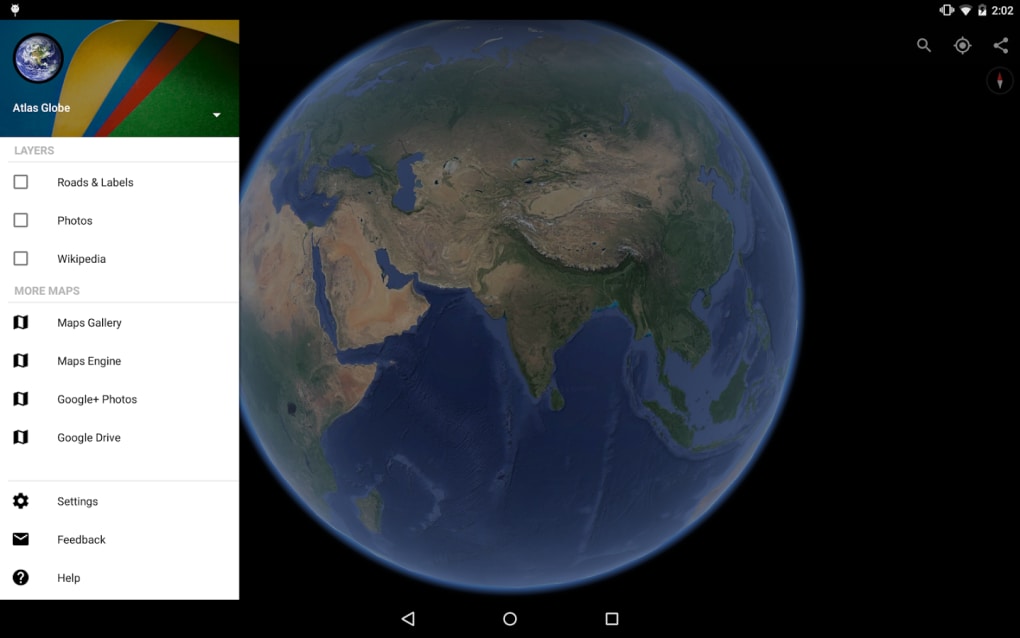

All rights reserved.Google Earth Pro with the Volcanoes layer visible, and tectonic plate boundary data from USGS displayed ™ & © 2023 Cable News Network, Inc., a Warner Bros. “The OSIRIS-REx mission by NASA will be returning samples from asteroid Bennu this year, and a comparative study of the composition of these asteroids will provide further data to build on these theories.” “The discovery of uracil in the samples from Ryugu lends strength to current theories regarding the source of nucleobases in the early Earth,” Oba said. Fortunately, a sample from another asteroid named Bennu will be delivered to Earth in September by NASA’s Origins, Spectral Interpretation, Resource Identification, Security-Regolith Explorer, or OSIRIS-REx spacecraft.

Now, the researchers want to know how common these molecules are in asteroids. “I cannot say the presence of such ingredients directly leads to the emergence/presence of extraterrestrial life, but at least their components such as amino acids and nucleobases may be present everywhere in space,” Oba said. It’s also possible that as space rocks smashed into other planets in our solar system, they might have been carrying some of the same building blocks of life. “In particular, we expect they might play a role for prebiotic evolution on the early Earth.” “It is no doubt that biologically important molecules such as amino acids and nucleobase(s) in asteroids/meteorites have been provided to the Earth,” Oba said. It’s possible that Ryugu was once part of a larger celestial body, like a comet, before it was broken apart into pieces by collisions with other space objects. The concentrations of the molecules in the two samples were different, but that’s likely due to exposure to the harsh environment of space. The molecules likely originally formed through photochemical reactions in ice in outer space before our solar system even existed, Oba said. Together, the findings from Ryugu’s samples so far add to the increasing evidence that the building blocks of life originated in space and were originally delivered to Earth billions of years ago by meteorites. “Other biological molecules were found in the sample as well, including a selection of amino acids, amines and carboxylic acids, which are found in proteins and metabolism, respectively,” Oba said. Then, the team detected the signatures of uracil, niacin and other organic compounds containing nitrogen.


 0 kommentar(er)
0 kommentar(er)
